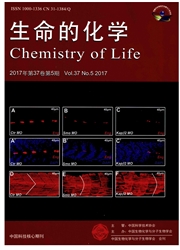

 中文摘要:
中文摘要:
G蛋白偶联受体(G protein-coupled receptor,GPCR)在细胞信号转导过程中发挥关键的生理学功能,是极其重要的药物靶标,其三维结构信息对功能研究以及新药研发具有十分重要的意义。近年来,新技术的发展和应用使GPCR的结构生物学研究发生了跨越式的发展,本文简要回顾这些新的技术和方法以及已解析的GPCR三维结构,并以CCR5和P2Y12R两种受体的结构为例来具体阐明现阶段GPCR结构生物学研究的内容和意义。
 英文摘要:
英文摘要:
G protein-coupled receptors (GPCRs) play important roles in cell signal transduction, and rep- resent the largest drug target protein family. Three-dimensional GPCR structures are key for understanding the physiological functions of these receptors, as well as carrying out new drug discovery. In recent years, the development and application of new technologies accelerate the structural studies of GPCRs. Here, we briefly review some of the new methods and the solved GPCR structures. The recently determined CCR5 and P2Y12R structures are also discussed to show the importance of these structures on functional studies and drug discovery.
 同期刊论文项目
同期刊论文项目
 同项目期刊论文
同项目期刊论文
 期刊信息
期刊信息
